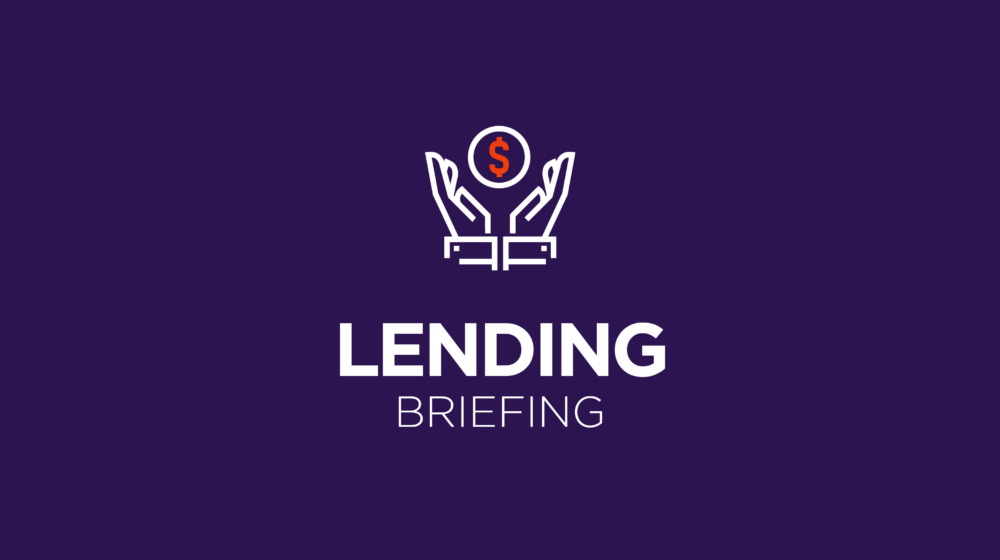Lending, Member Exclusive
Lending Briefing: The ethical use of alt data and AI could pave the way to a fairer financial system
- While AI and alternative data have been around for a while, the industry has only begun to scratch the surface regarding their potential to unlock a fairer financial system.
- If these tools are used ethically, the results can be beneficial for both the lender and the borrower at scale.









